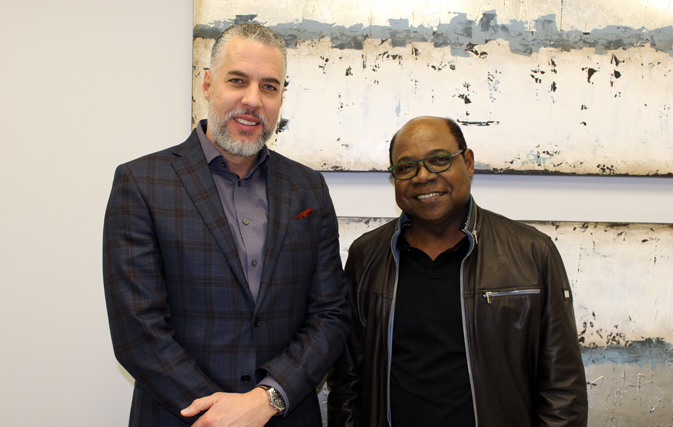TORONTO — “There’s no need to worry, it’s business as usual,” says the Hon. Edmund Bartlett, Jamaica’s Minister of Tourism, who arrived in Toronto last week to ease concerns in light of the island’s current State of Public Emergency.
The alert, which applies to Montego Bay and the surrounding St. James Parish, was implemented on Jan. 18 following a significant uptick in violent crime. In response, the Canadian government revised its travel advice for Jamaica, advising Canadian travellers to stay in resort areas, to not venture off-property, and to use organized tour operators for excursions and airport transfers.
But despite concerns across the travel industry, Bartlett maintains that the State of Emergency, or the recent wave of violence, does not impact Montego Bay’s resorts.
“Montego Bay is divided into two sections: the resort area on the coastal strip, and the residential area in the mountains where people live,” he tells Travelweek. “Montego Bay is situated on a hill; while security forces are up there, it has nothing to do with what’s down here.”
Bartlett says the situation in the Parish is well under control, confirming that there have been no reports of violence in the last several days. In fact, ever since enhanced security measures were implemented due to the State of Public Emergency, the affected area has seen only one major incident.
“This tells us that it’s working,” says Bartlett, adding that the State of Public Emergency was intended primarily to cauterize the situation before it got out of hand and started affecting the wider nation. “Our security forces operate much like Canada’s with limited power. The State of Emergency is a mechanism to give them greater powers to act within prescribed geographical areas. They wouldn’t have had this power to do so unless a State of Emergency was enacted.”
Bartlett says that “we’re far beyond that now”, reporting continued growth in tourism despite the ongoing situation. In fact, in January when the State of Emergency took place, Jamaica saw a 6.8% increase in arrivals; during the period when enhanced security was implemented, arrivals grew by 7.6%.
Much of this growth can be attributed to the Canadian market, which has experienced significant growth in the last two years. To December 2017, Canadian visitation broke the 400,000 mark, representing a 9% uptick over 2016.
Now, Bartlett has his sights on a new target: 450,000 Canadians in 2018, and 500,000 by 2020.
“What we want to emphasize is that we regard the Canadian market as being very vital to us. It’s the second largest market for Jamaica (after the U.S.),” he says.
To continue this growth, Bartlett notes that an entire series of market initiatives involving tour operators, travel agents and media will be implemented. Part of this will also include the cruise segment, which grew by 16.2% in 2017, from 1.6 million passengers in 2016 to 1.9 million.
Moreover, Jamaica will welcome an additional 1,000 hotel rooms this year, with a projected 10,000 more by 2021.
“The Canadian market has shown an enormous understanding for the current situation because they know Jamaica,” he says. “Jamaica is historically a safe and secure place that has been giving constant high value for the dollar.”
To read the full interview, check out the upcoming Feb. 15 issue of Travelweek.

